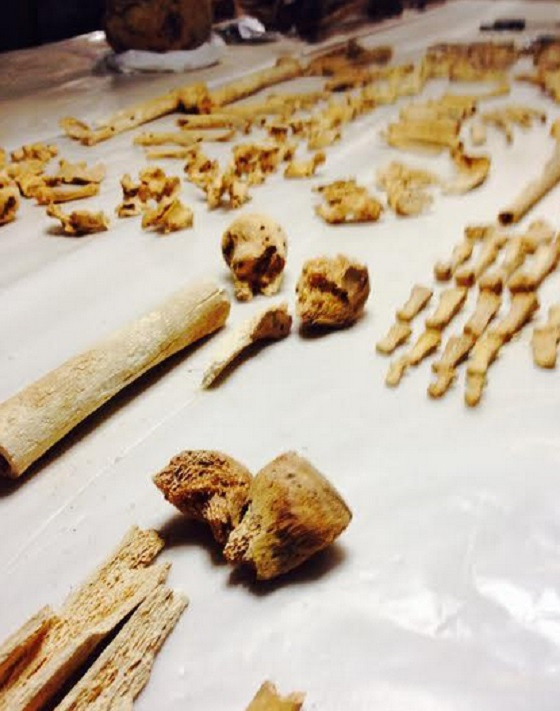Cardiovascular Disease Found in 3,000-Year-Old Sudanese Skeleton

The general belief that unhealthy diets and lifestyle are to blame for the prevalence of modern-day cardiovascular disease, the leading cause of death today, has been undermined by a staggering archaeological discovery in Africa.
An ancient skeleton showing evidence of atherosclerosis, a thickening of the artery wall due to fatty build-up and a major factor in cardiovascular disease, have altered our understanding of it.
The skeleton, which has been dated at 3,000 years old, revealed that atherosclerosis has been affecting people for centuries. The discovery shows the disease was prevalent among agricultural communities who worked on land by the Nile, in what is now known as Sudan.

Michaela Binder, a bioarchaeologist from Durham University, told the Telegraph: "Very little is known about atherosclerosis in past human populations because it is very difficult to find evidence in skeletal human remains.
"Calcified arterial plaques in these 3,000-year-old skeletons show that atherosclerosis is not only a problem of modern lifestyle byt may also be related to inflammation, genetic background and ageing in general."
Three male and two female skeletons buried in the same area at Amara West, the modern name of an ancient Egyptian city in Nubia, show evidence of furred arteries.
Binder found traces of calcified plaque among the bones, which would have once lined and clogged the arteries.
As a result, the build up would have constricted blood flow and may have led to a stroke or thrombosis. The bodies were believed to have died between 1300 and 800 BC, when the settlement was abandoned because of harsh, dry conditions.
Their ages at the time of death were estimated to be between 35 and 50, but it is unknown as to whether atherosclerosis was the cause. Researchers have suggested fire smoke as a possible factor as large fires were used to cook and create tools.
The skeletons also showed signs of poor dental health, which may be linked to atherosclerosis. It is well established that gum disease is related to heart disease and other cardiovascular problems.
The study is published in the International Journal of Palaeopathology.
Last month, Binder discovered a Sudanese skeleton with the world's oldest example of a metastatic cancer.
She told the Independent that the skeleton, dating back to 1200 BC, would "provide important new insights into the evolution of cancer in the past".
Prof Charlotte Roberts, a co-author and palaeopathologist at Durham University, told Heritage Daily: "Along with the man with cancer, already reported, this contributes to knowledge about the history of cancer and heart disease, and shows how long these diseases have been plaguing the world's population for a long time."
© Copyright IBTimes 2025. All rights reserved.






















